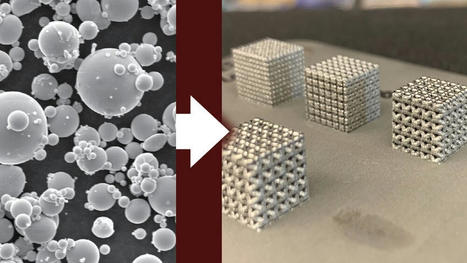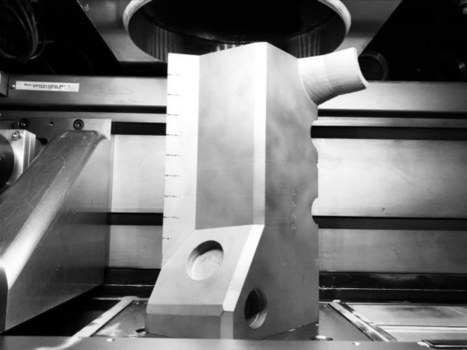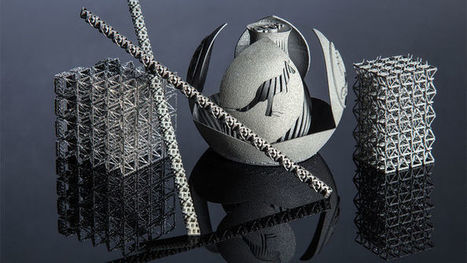Laser powder bed fusion, a 3D-printing technique, offers potential in the manufacturing industry, particularly when fabricating nickel-titanium shape memory alloys with complex geometries. Although this manufacturing technique is attractive for applications in the biomedical and aerospace fields, it has rarely showcased the superelasticity required for specific applications using nickel-titanium shape memory alloys. Defects generated and changes imposed onto the material during the 3D-printing process prevented the superelasticity from appearing in 3D-printed nickel-titanium.
Researchers from Texas A&M University recently showcased superior tensile superelasticity by fabricating a shape memory alloy through laser powder bed fusion, nearly doubling the maximum superelasticity reported in literature for 3D printing.
This study was recently published in vol. 229 of the Acta Materialia journal.
Nickel-titanium shape memory alloys have various applications due to their ability to return to their original shape upon heating or upon removal of the applied stress. Therefore, they can be used in biomedical and aerospace fields for stents, implants, surgical devices and aircraft wings. However, developing and properly fabricating these materials requires extensive research to characterize functional properties and examine the microstructure.
"Shape memory alloys are smart materials that can remember their high-temperature shapes," said Dr. Lei Xue, a former doctoral student in the Department of Materials Science and Engineering and the first author of the publication. "Although they can be utilized in many ways, fabricating shape memory alloys into complex shapes requires fine-tuning to ensure the material exhibits the desired properties."



 Your new post is loading...
Your new post is loading...














